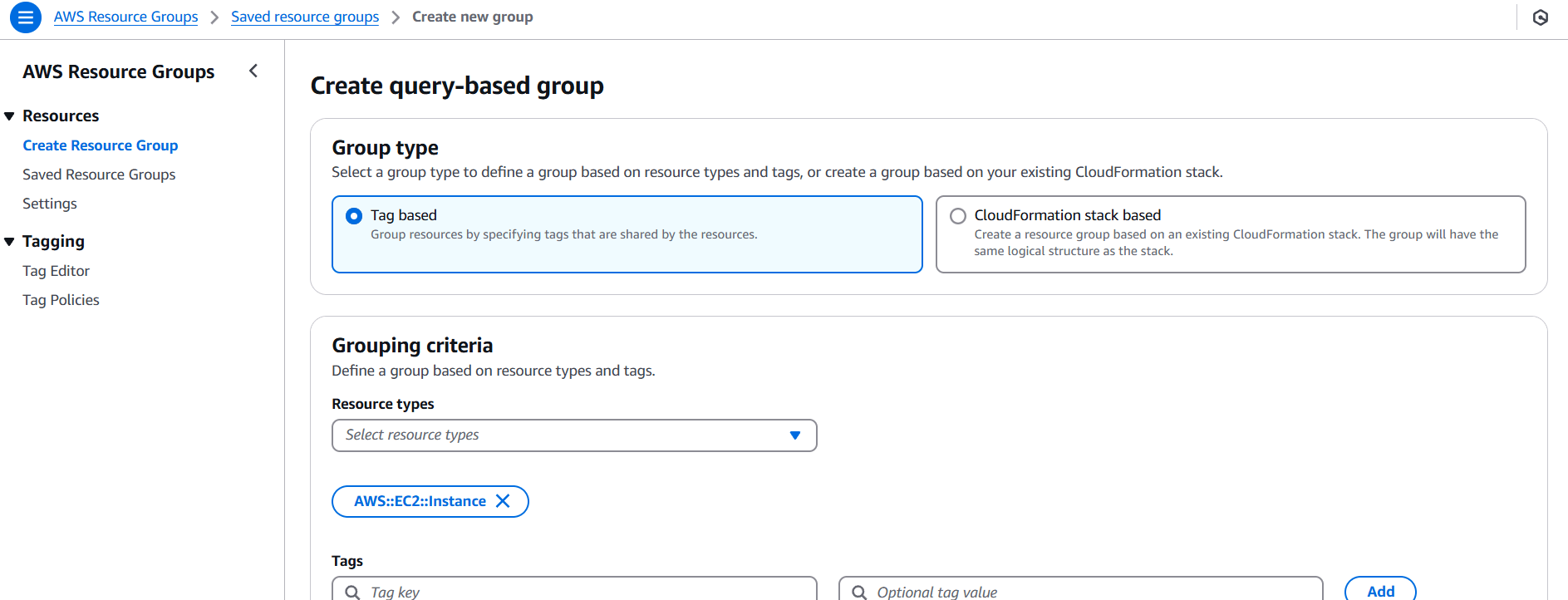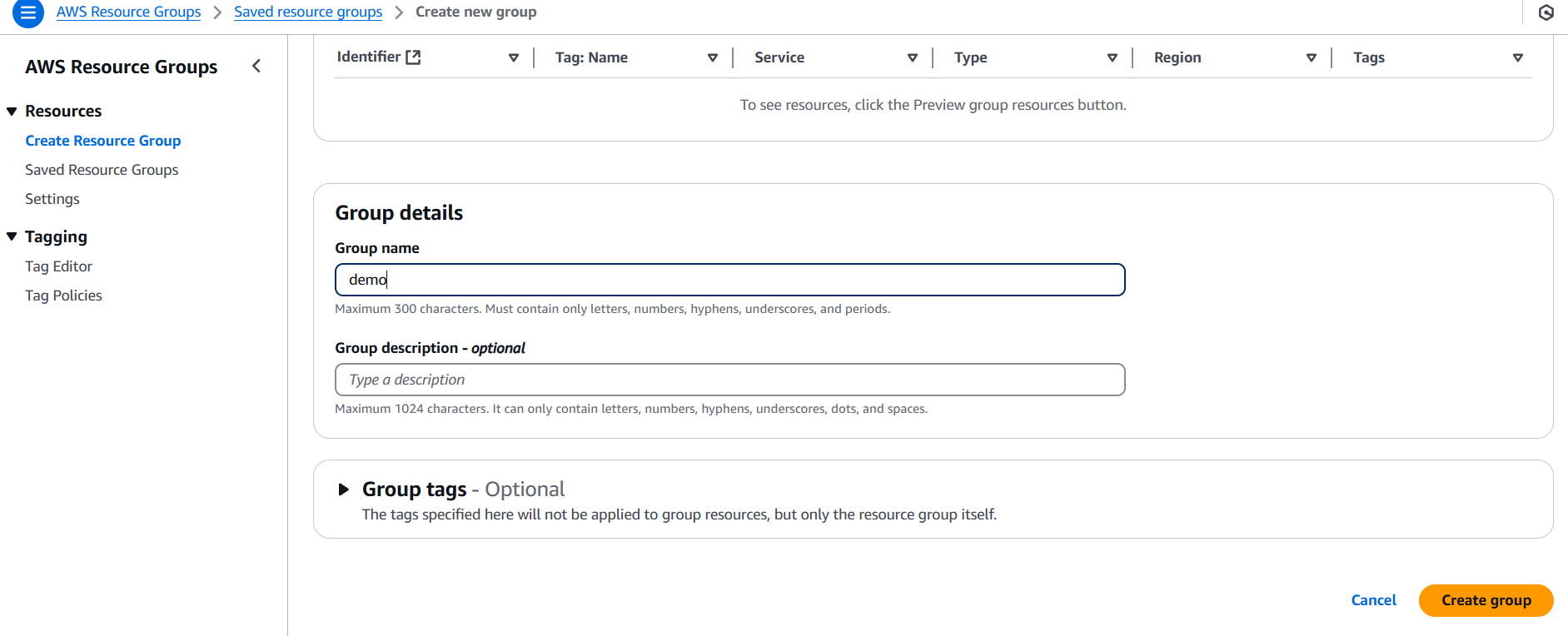Introduction.
Amazon Web Services (AWS) is one of the most powerful and widely used cloud platforms, providing businesses and developers with a comprehensive suite of resources to build, deploy, and scale applications efficiently. When we talk about AWS resources, we’re referring to the individual components—ranging from compute and storage services to networking and security tools—that allow you to construct and manage a cloud infrastructure. AWS offers over 200 fully featured services, and each of these services can be considered a “resource” that helps meet specific needs. For example, Amazon EC2 (Elastic Compute Cloud) is a resource that allows you to run virtual machines on-demand, while Amazon S3 (Simple Storage Service) provides scalable, secure storage for data. Networking resources like VPC (Virtual Private Cloud) let you create isolated networks within the AWS cloud, and services like IAM (Identity and Access Management) enable you to control access to your resources. These resources not only help you scale your infrastructure but also provide flexible options for optimizing cost, performance, and security. By choosing the right resources and configuring them properly, businesses can create architectures that meet their specific requirements, whether they are hosting a small website or managing large-scale applications. AWS resources also integrate seamlessly, meaning you can combine services like databases (e.g., Amazon RDS) with compute and storage to create fully functional applications. The real strength of AWS resources lies in their flexibility and scalability—resources can be dynamically adjusted to meet growing demand, while also providing robust security features to protect your data and applications. Understanding AWS resources is essential for anyone using the platform, as it allows you to make informed decisions about what services to use, how to integrate them, and how to optimize them for both cost and performance. As AWS continues to innovate and introduce new services, mastering the available resources is crucial for staying ahead in the cloud computing space and building resilient, secure, and efficient applications.
STEP 1: Navigate the AWS Resource group.
- Click on create.

STEP 2: Select Group type and criteria.

STEP 3: Enter the name and click on create.


Conclusion.
In conclusion, AWS resources form the backbone of cloud infrastructure, providing businesses and developers with the tools needed to build scalable, flexible, and secure applications. From compute power to storage solutions, networking, and security, each AWS service is designed to address specific needs while offering flexibility and cost-effectiveness. By understanding and strategically leveraging these resources, organizations can optimize their cloud architectures to enhance performance, ensure security, and reduce operational costs. Whether you’re scaling up an existing application or building a new one from scratch, AWS resources offer the versatility to meet a wide range of use cases. As AWS continues to evolve and expand its service offerings, staying informed about the latest resources and best practices will help ensure you’re building cloud environments that are both innovative and resilient. Ultimately, mastering AWS resources is crucial for anyone looking to take full advantage of the capabilities and potential of the cloud.

Add a Comment